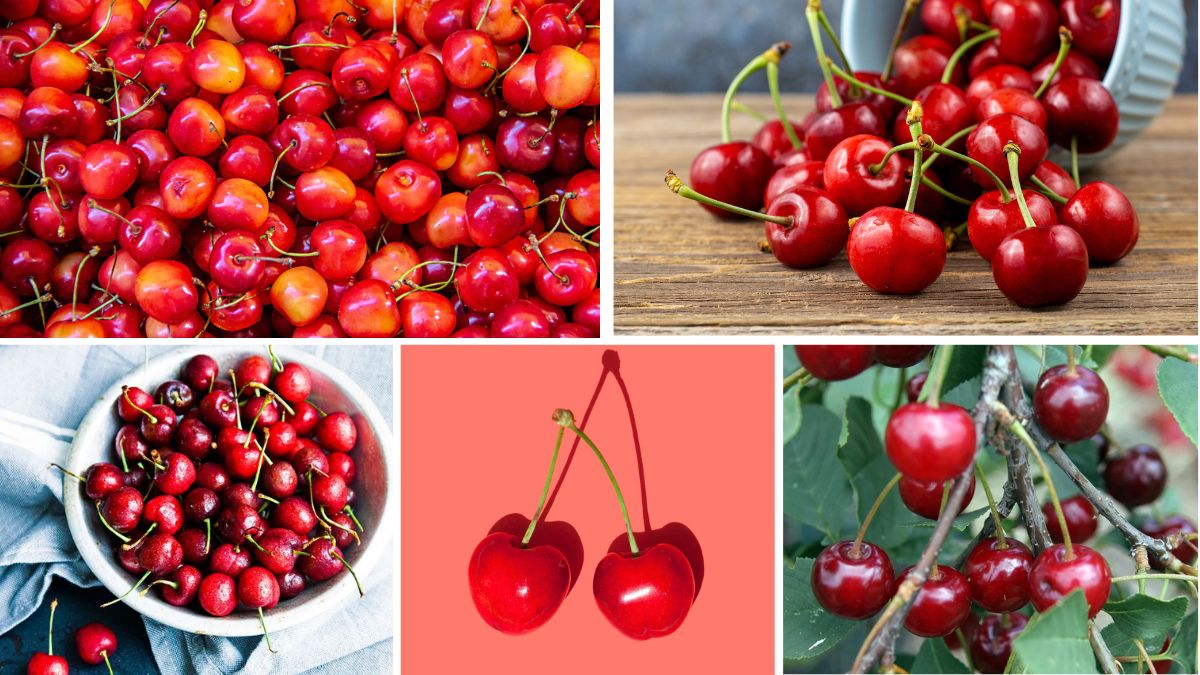Cherries, with their juicy sweetness, vibrant color, and rich nutritional value, are among the most sought-after fruits globally. From fresh snacking to use in desserts, jams, and beverages, cherries have captured the attention of both farmers and consumers worldwide. While they grow in several countries, one nation stands far ahead in terms of production scale and market dominance.
In this article, we will explore which country is the largest cherry producer in the world, the reasons behind its success, global production statistics, the economic importance of cherries, and the challenges and opportunities within the industry.
A Quick Overview of Cherries
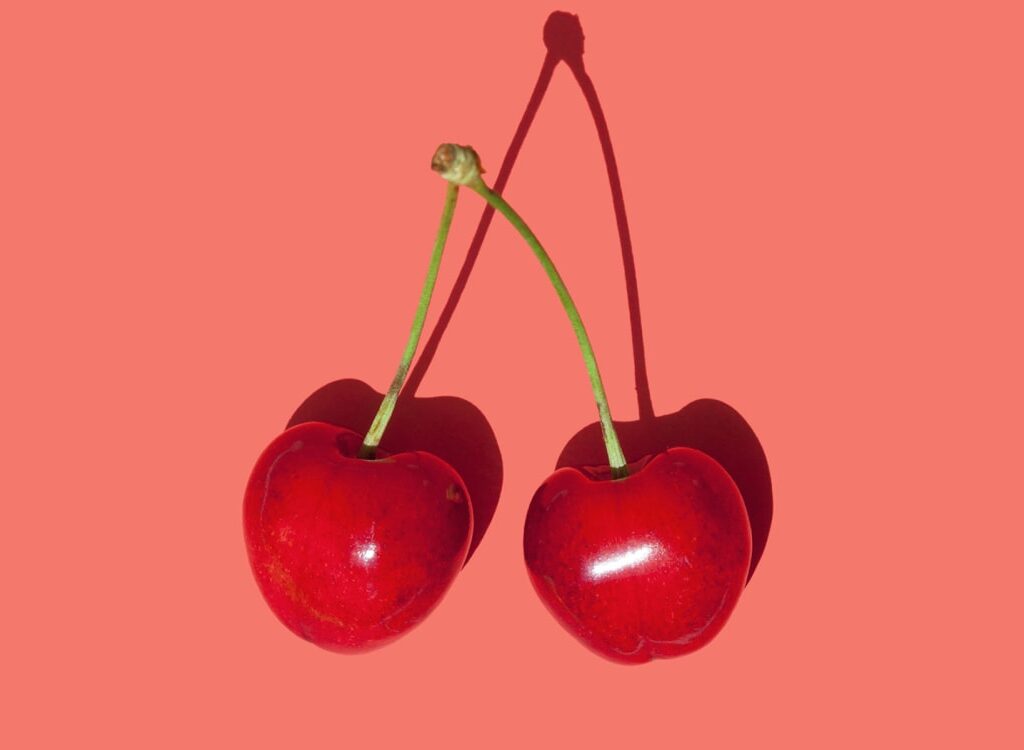
Cherries belong to the genus Prunus and are classified into two main types:
- Sweet cherries (Prunus avium) – Typically eaten fresh due to their pleasant sweetness.
- Sour cherries (Prunus cerasus) – More tart, often used for cooking, jams, and baked goods.
Cherries are grown in temperate climates, requiring cold winters for proper fruiting. They are also highly perishable, which means production regions often develop strong local processing or export systems to ensure market delivery.
The Largest Cherry Producer in the World
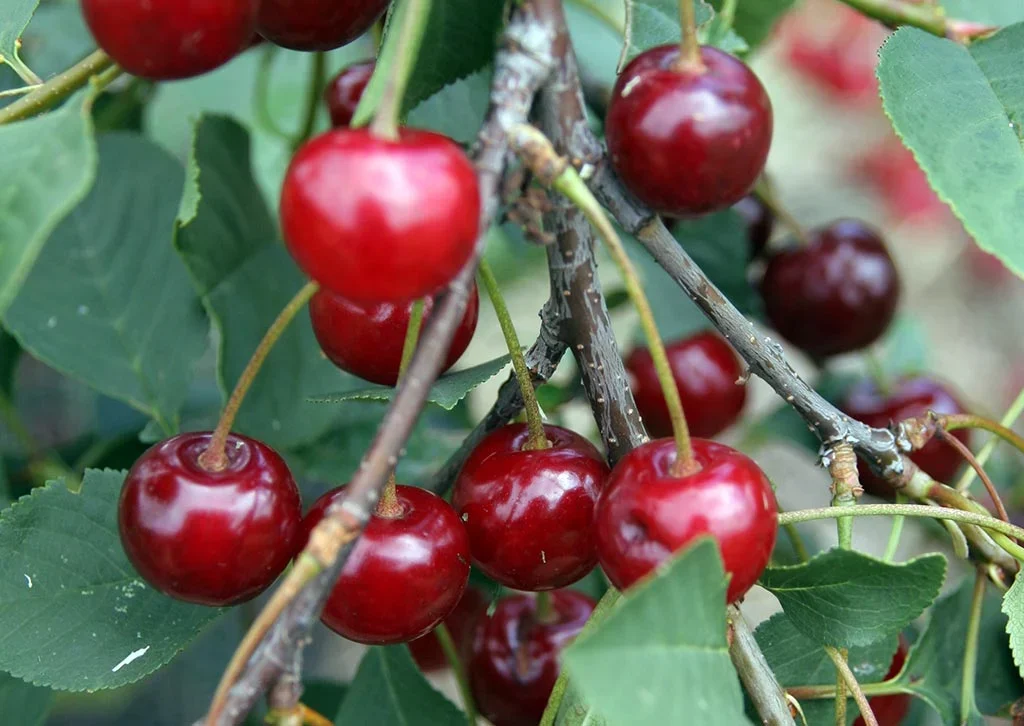
The title of the world’s largest cherry producer belongs to Turkey.
According to data from the Food and Agriculture Organization (FAO) and various agricultural trade reports, Turkey consistently leads the global cherry production rankings, producing over 800,000 metric tons annually in recent years. This accounts for more than 20% of the world’s total cherry production.
Why Turkey Dominates Cherry Production
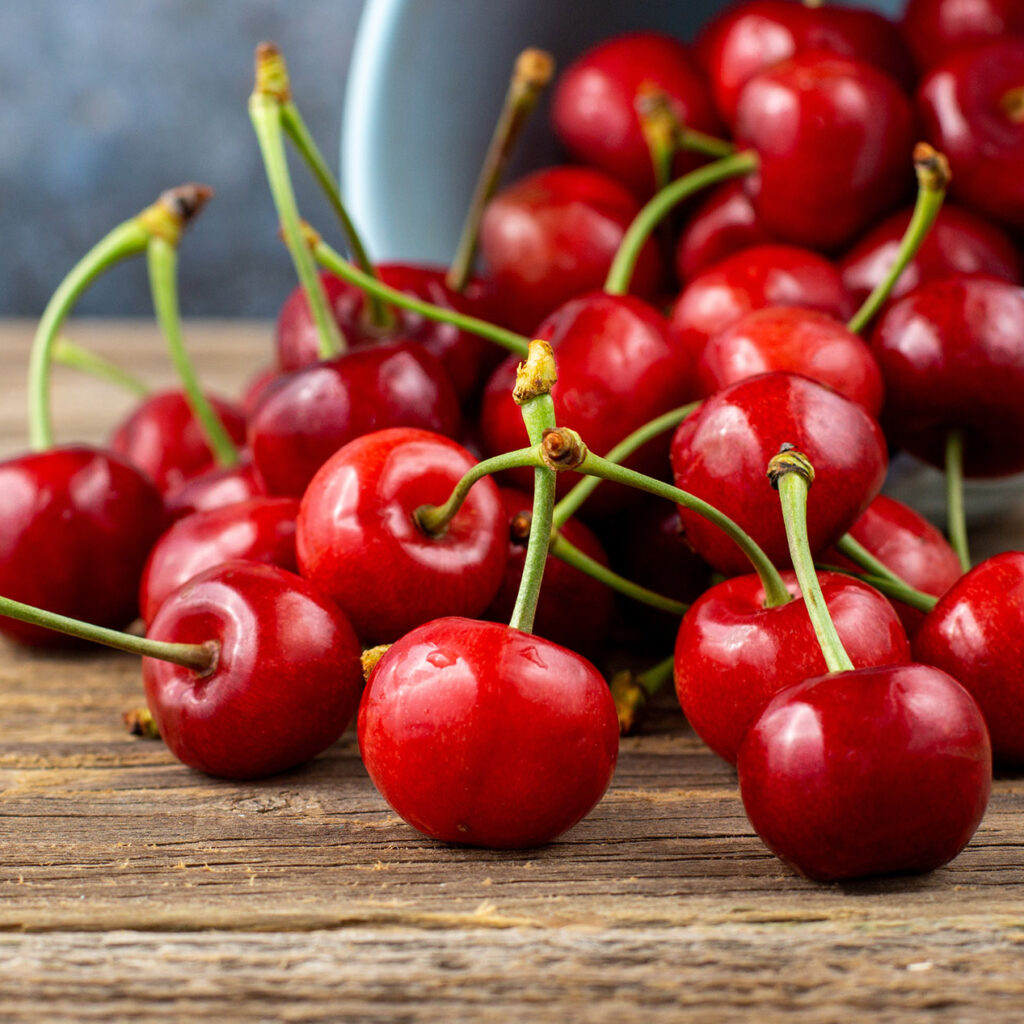
Several factors contribute to Turkey’s leadership in cherry cultivation:
1. Ideal Climate and Geography
Turkey’s diverse climate and fertile soil, particularly in regions like Konya, Afyonkarahisar, Isparta, and İzmir, provide perfect growing conditions. Cool winters help meet the chilling requirement of cherry trees, while warm springs and summers promote healthy flowering and fruit development.
2. Centuries of Cultivation Tradition
Turkey’s cherry-growing history dates back thousands of years. Interestingly, the fruit’s name is believed to originate from the ancient Turkish city of Kerasous (modern-day Giresun), from which cherries spread to Europe and beyond.
3. Strong Export Network
Turkey exports a significant portion of its cherries to markets like Germany, Russia, and the Middle East. The country has invested heavily in cold chain logistics and modern post-harvest technology, allowing cherries to reach international markets fresh and intact.
4. Government Support and Modern Farming
Government initiatives, agricultural subsidies, and training programs help farmers improve yield, adopt disease control methods, and meet export quality standards.
Global Cherry Production Rankings

While Turkey tops the list, several other countries are also major players in cherry production:
| Rank | Country | Annual Production (Metric Tons) | Key Varieties |
|---|---|---|---|
| 1 | Turkey | ~800,000+ | Ziraat 900, Regina, Napoleon |
| 2 | United States | ~350,000–400,000 | Bing, Rainier, Lambert |
| 3 | Uzbekistan | ~300,000 | Regina, Burlat |
| 4 | Chile | ~250,000–300,000 | Bing, Regina |
| 5 | Iran | ~200,000+ | Napoleon, Sweetheart |
| 6 | Italy | ~110,000–130,000 | Ferrovia, Giorgia |
| 7 | Spain | ~90,000–110,000 | Ambrunes, Lapins |
Economic Importance of Cherries
1. Contribution to Agricultural Exports
For Turkey, cherries are among the most valuable fruit exports. In peak seasons, cherry exports can bring hundreds of millions of dollars in revenue.
2. Employment Generation
Cherry farming provides seasonal employment to thousands of workers for harvesting, sorting, packing, and transportation.
3. Boost to Related Industries
Cherries also support food processing industries, including jam production, juice extraction, and dried fruit markets.
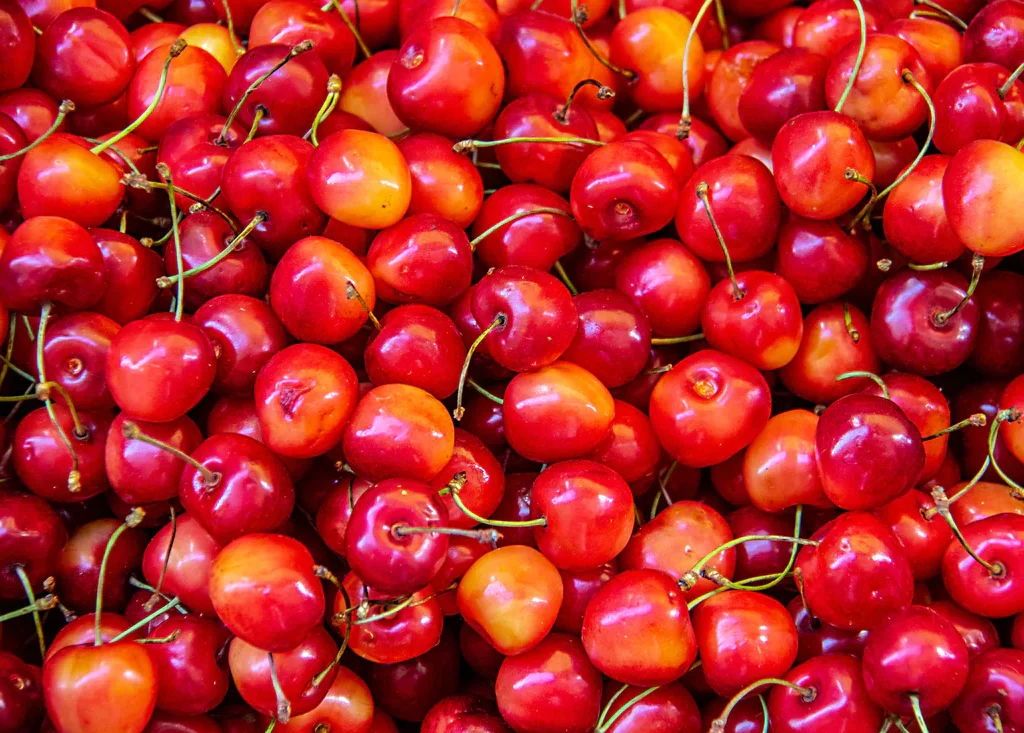
Health Benefits Driving Demand
Part of cherries’ growing global popularity comes from their health benefits. They are rich in:
- Antioxidants like anthocyanins and vitamin C, which help fight inflammation.
- Melatonin, promoting better sleep.
- Potassium, supporting heart health.
This “superfruit” status increases demand in both fresh fruit and processed markets.
Challenges in Cherry Production
Even though Turkey and other top producers dominate the market, cherry farming is not without challenges:
- Weather Sensitivity – Late frosts and heavy rains can damage blossoms or split ripe fruit.
- Short Shelf Life – Cherries require careful post-harvest handling and quick delivery to maintain quality.
- Pest and Disease Control – Pests like cherry fruit fly and diseases such as brown rot can reduce yield.
- Labor-Intensive Harvesting – Cherries must be hand-picked, which increases labor costs.
Future Trends in Cherry Production
The global cherry industry is evolving to meet growing demand:
- Greenhouse and High-Tunnel Farming – To extend the growing season and protect against weather risks.
- Improved Varieties – Breeding programs focus on sweeter, firmer, and longer-lasting cherries.
- Export Market Expansion – Producers like Turkey and Chile are targeting new markets in Asia, particularly China.
- Organic Cherry Farming – Rising demand for pesticide-free produce.
Conclusion
The answer to “Which country is the largest cherry producer in the world?” is clear: Turkey holds the crown. Thanks to its favorable climate, centuries-old cultivation traditions, and robust export infrastructure, the country has built a dominant position in the global cherry industry.
As demand for cherries continues to rise due to their delicious taste, health benefits, and versatility in culinary uses, Turkey’s role as a leader is expected to remain strong. However, with climate change and market competition, innovation and sustainable farming will be crucial to maintaining this position.
Cherries are more than just a sweet summer treat — they are a symbol of agricultural success, cultural heritage, and economic opportunity.
